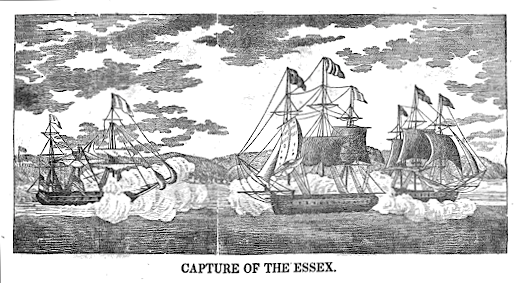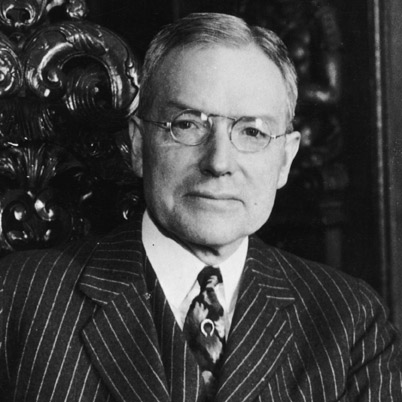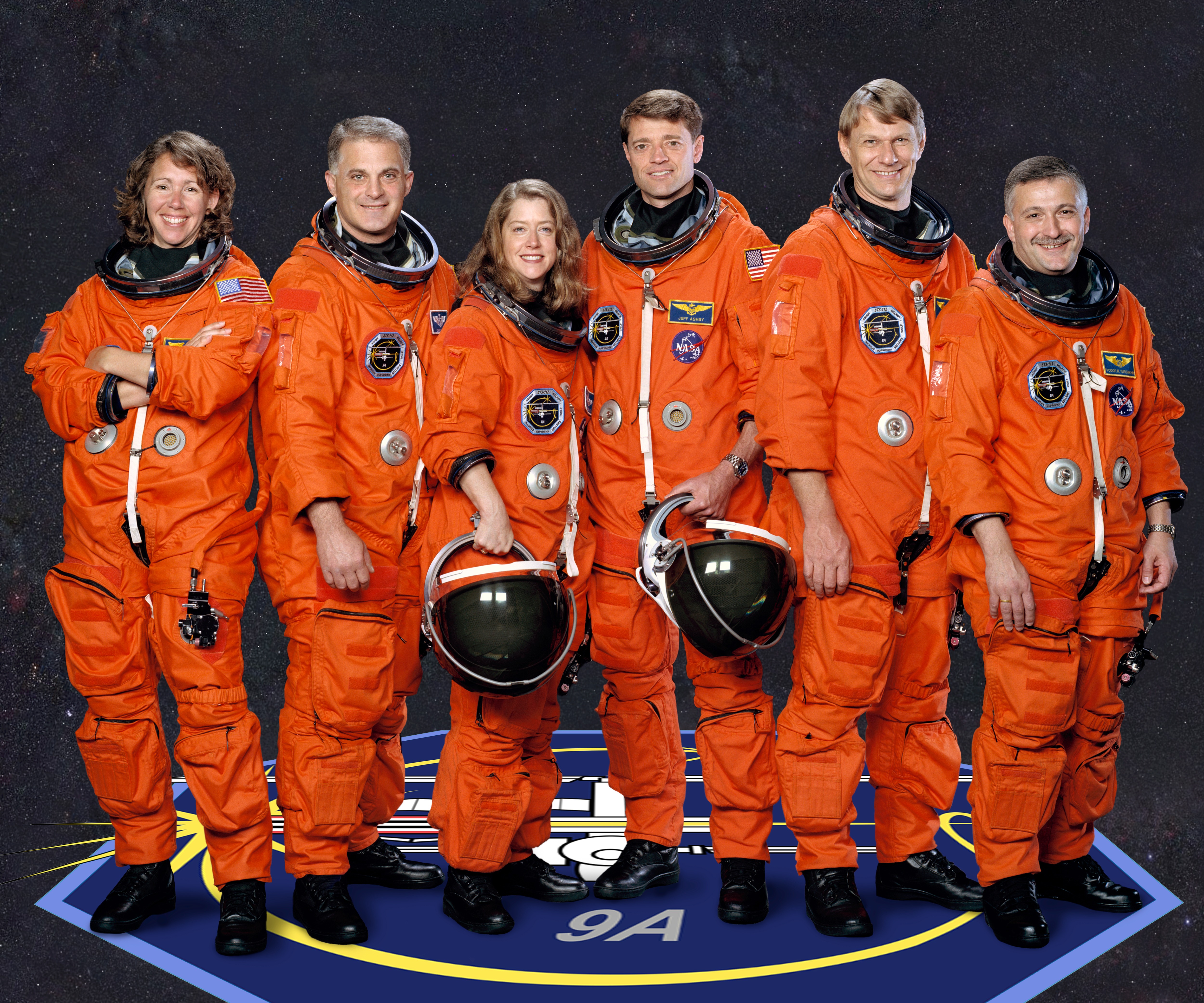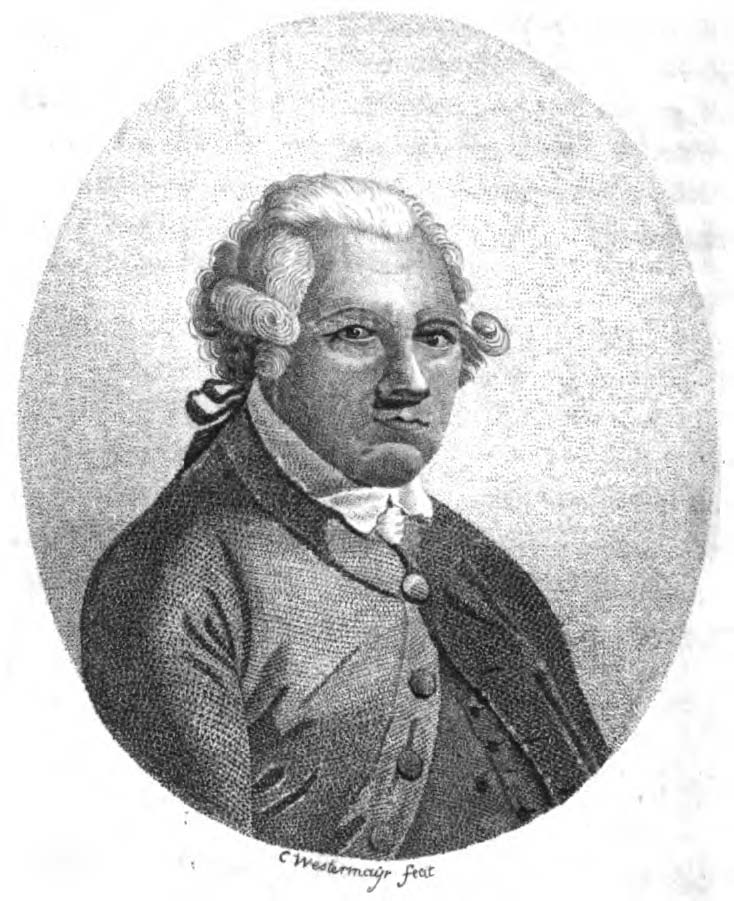|
HMS Daring (1874)
HMS ''Daring'' was a 4-gun sloop of the Royal Navy. She was launched in 1874 and sold for breaking in 1889 after serving most of her career in the Pacific. Construction ''Daring'' was constructed of an iron frame sheathed with teak and copper (hence 'composite'), and powered by a trunk engine provided by John Penn & Sons.Winfield, p. 291 She was fitted with a full barque rig of sails. History ''Daring'' served on the Pacific and China Stations, working some of the time for the Canadian Government, including conducting hydrography, for which the Canadian Government bore half the cost. In Spring 18?? she carried Joseph Howe (the Provincial Secretary at the time) to the mouth of the Tangier River in Halifax County, Nova Scotia. There he arranged to have law and order restored by carving the gold diggings into appropriately sized lots, and offering them for rental for $40.''Joseph Howe: The Briton Becomes Canadian, 1848–1873'', J Murray Beck, , p. 149 In 1877 Comma ... [...More Info...] [...Related Items...] OR: [Wikipedia] [Google] [Baidu] |
Blackwall Yard
Blackwall Yard is a small body of water that used to be a shipyard on the River Thames in Blackwall, engaged in ship building and later ship repairs for over 350 years. The yard closed in 1987. History East India Company Blackwall was a shipbuilding area since the Middle Ages. In 1607, the Honorable East India Company (HEIC) decided to build its own ships and leased a yard in Deptford. Initially, this change of policy proved profitable as the first ships cost the Company about £10 per ton instead of the £45 per ton that it had been paying to have ships built for it. However, the situation changed as the Deptford yard came to be expensive to run. In 1614 the East India Company outgrew Deptford and ordered William Burrell to begin work on a new yard for repair, construction and loading of out-going ships. The site Burrell selected was at Blackwall, which was further down river and had deeper water, allowing laden ships to moor closer to the dock. The new yard was fully ope ... [...More Info...] [...Related Items...] OR: [Wikipedia] [Google] [Baidu] |
Pacific Station
The Pacific Station was created in 1837 as one of the geographical military formations into which the Royal Navy divided its worldwide responsibilities. The South America Station was split into the Pacific Station and the South East Coast of America Station. History The British Pacific Squadron was established in 1813 to support British interests along the eastern shores of the Pacific Ocean at Valparaíso, Chile. In 1837, when the South America station was split, this responsibility was passed to the Commander-in-Chief, Pacific. In 1843, George Paulet, captain of , took her out from Valparaíso to Honolulu to demand the islands of the Kingdom of Hawaii for Britain. King Kamehameha III capitulated and signed the islands over to Paulet. In the summer of that year, Rear-Admiral Richard Darton Thomas set out from Valparaíso in to rein Paulet in. On 31 July 1843, Thomas assured the King that the occupation was over and that there was no British claim over the islands. In 18 ... [...More Info...] [...Related Items...] OR: [Wikipedia] [Google] [Baidu] |
Victorian-era Sloops Of The United Kingdom
In the history of the United Kingdom and the British Empire, the Victorian era was the period of Queen Victoria's reign, from 20 June 1837 until her death on 22 January 1901. The era followed the Georgian period and preceded the Edwardian period, and its later half overlaps with the first part of the ''Belle Époque'' era of Continental Europe. There was a strong religious drive for higher moral standards led by the nonconformist churches, such as the Methodists and the evangelical wing of the established Church of England. Ideologically, the Victorian era witnessed resistance to the rationalism that defined the Georgian period, and an increasing turn towards romanticism and even mysticism in religion, social values, and arts. This era saw a staggering amount of technological innovations that proved key to Britain's power and prosperity. Doctors started moving away from tradition and mysticism towards a science-based approach; medicine advanced thanks to the adoption of ... [...More Info...] [...Related Items...] OR: [Wikipedia] [Google] [Baidu] |
1874 Ships
Events January–March * January 1 – New York City annexes The Bronx. * January 2 – Ignacio María González becomes head of state of the Dominican Republic for the first time. * January 3 – Third Carlist War – Battle of Caspe: Campaigning on the Ebro in Aragon for the Spanish Republican Government, Colonel Eulogio Despujol surprises a Carlist force under Manuel Marco de Bello at Caspe, northeast of Alcañiz. In a brilliant action the Carlists are routed, losing 200 prisoners and 80 horses, while Despujol is promoted to Brigadier and becomes Conde de Caspe. * January 20 – The Pangkor Treaty (also known as the Pangkor Engagement), by which the British extended their control over first the Sultanate of Perak, and later the other independent Malay States, is signed. * January 23 **Prince Alfred, Duke of Edinburgh, second son of Queen Victoria, marries Grand Duchess Maria Alexandrovna of Russia, only daughter of Tsar Alexander III of Russ ... [...More Info...] [...Related Items...] OR: [Wikipedia] [Google] [Baidu] |
Ships Built By The Blackwall Yard
A ship is a large watercraft that travels the world's oceans and other sufficiently deep waterways, carrying cargo or passengers, or in support of specialized missions, such as defense, research, and fishing. Ships are generally distinguished from boats, based on size, shape, load capacity, and purpose. Ships have supported exploration, trade, warfare, migration, colonization, and science. After the 15th century, new crops that had come from and to the Americas via the European seafarers significantly contributed to world population growth. Ship transport is responsible for the largest portion of world commerce. The word ''ship'' has meant, depending on the era and the context, either just a large vessel or specifically a ship-rigged sailing ship with three or more masts, each of which is square-rigged. As of 2016, there were more than 49,000 merchant ships, totaling almost 1.8 billion dead weight tons. Of these 28% were oil tankers, 43% were bulk carriers, and 13% were cont ... [...More Info...] [...Related Items...] OR: [Wikipedia] [Google] [Baidu] |
Crew HMS Daring (1874-89)
A crew is a body or a class of people who work at a common activity, generally in a structured or hierarchical organization. A location in which a crew works is called a crewyard or a workyard. The word has nautical resonances: the tasks involved in operating a ship, particularly a sailing ship, providing numerous specialities within a ship's crew, often organised with a chain of command. Traditional nautical usage strongly distinguishes officers from crew, though the two groups combined form the ship's company. Members of a crew are often referred to by the title ''crewman'' or ''crew-member''. ''Crew'' also refers to the sport of rowing, where teams row competitively in racing shells. See also *For a specific sporting usage, see rowing crew. *For filmmaking usage, see film crew. *For live music usage, see road crew. *For analogous entities in research on human judgment and decision-making, see team and judge–advisor system. *For stagecraft usage, see stage crew. *For ... [...More Info...] [...Related Items...] OR: [Wikipedia] [Google] [Baidu] |
Skeena River
The Skeena River is the second-longest river entirely within British Columbia, Canada (after the Fraser River). Since ancient times, the Skeena has been an important transportation artery, particularly for the Tsimshian and the Gitxsan—whose names mean "inside the Skeena River" ,and "people of the Skeena River," respectively. The river and its basin sustain a wide variety of fish, wildlife, and vegetation, and communities native to the area depend on the health of the river. The Tsimshian migrated to the Lower Skeena River, and the Gitxsan occupy territory of the Upper Skeena. During the Omineca Gold Rush, steamboat services ran from the sea to Hazelton, which was the jumping-off point for the trails to the goldfields. The Hudson's Bay Company established a major trading post on the Skeena at what became called Port Simpson, British Columbia (''Lax Kw'alaams''), where nine tribes of the Tsimshian nation settled about 1834. Other tribes live elsewhere in BC, and descendants ... [...More Info...] [...Related Items...] OR: [Wikipedia] [Google] [Baidu] |
Commander
Commander (commonly abbreviated as Cmdr.) is a common naval officer rank. Commander is also used as a rank or title in other formal organizations, including several police forces. In several countries this naval rank is termed frigate captain. Commander is also a generic term for an officer commanding any armed forces unit, for example "platoon commander", "brigade commander" and "squadron commander". In the police, terms such as "borough commander" and "incident commander" are used. Commander as a naval and air force rank Commander is a rank used in navies but is very rarely used as a rank in armies. The title, originally "master and commander", originated in the 18th century to describe naval officers who commanded ships of war too large to be commanded by a lieutenant but too small to warrant the assignment of a post-captain and (before about 1770) a sailing master; the commanding officer served as his own master. In practice, these were usually unrated sloops-of-war o ... [...More Info...] [...Related Items...] OR: [Wikipedia] [Google] [Baidu] |
Halifax County, Nova Scotia
Halifax County ( gd, Siorrachd Halifax, french: Comté de Halifax, links=no) is a county in the Canadian province of Nova Scotia. The Municipality of the County of Halifax was the municipal government of Halifax County, apart from the separately incorporated towns and cities therein. The municipality was dissolved in 1996, together with those town and city governments, in their amalgamation into Halifax Regional Municipality. History Deriving its name from George Montagu-Dunk, 2nd Earl of Halifax (1716–1771), Halifax County was established by order-in-council on August 17, 1759. The boundaries of four other counties – Annapolis, Kings, Cumberland and Lunenburg – were specifically defined at that time, with Halifax County comprising all the part of peninsular Nova Scotia that was not within their limits. Following the Seven Years' War, Cape Breton Island was formally annexed to Nova Scotia. For a time it formed part of Halifax County. The boundaries of Halifax ... [...More Info...] [...Related Items...] OR: [Wikipedia] [Google] [Baidu] |
Joseph Howe
Joseph Howe (December 13, 1804 – June 1, 1873) was a Nova Scotian journalist, politician, public servant, and poet. Howe is often ranked as one of Nova Scotia's most admired politicians and his considerable skills as a journalist and writer have made him a provincial legend. He was born the son of John Howe and Mary Edes at Halifax and inherited from his loyalist father an undying love for Great Britain and her Empire. At age 23, the self-taught but widely read Howe purchased the '' Novascotian'', soon making it into a popular and influential newspaper. He reported extensively on debates in the Nova Scotia House of Assembly and travelled to every part of the province writing about its geography and people. In 1835, Howe was charged with seditious libel, a serious criminal offence, after the ''Novascotian'' published a letter attacking Halifax politicians and police for pocketing public money. Howe addressed the jury for more than six hours, citing example after example of c ... [...More Info...] [...Related Items...] OR: [Wikipedia] [Google] [Baidu] |
Hydrography
Hydrography is the branch of applied sciences which deals with the measurement and description of the physical features of oceans, seas, coastal areas, lakes and rivers, as well as with the prediction of their change over time, for the primary purpose of safety of navigation and in support of all other marine activities, including economic development, security and defense, scientific research, and environmental protection. History The origins of hydrography lay in the making of charts to aid navigation, by individual mariners as they navigated into new waters. These were usually the private property, even closely held secrets, of individuals who used them for commercial or military advantage. As transoceanic trade and exploration increased, hydrographic surveys started to be carried out as an exercise in their own right, and the commissioning of surveys was increasingly done by governments and special hydrographic offices. National organizations, particularly navies, realize ... [...More Info...] [...Related Items...] OR: [Wikipedia] [Google] [Baidu] |
.jpg)





.png)
